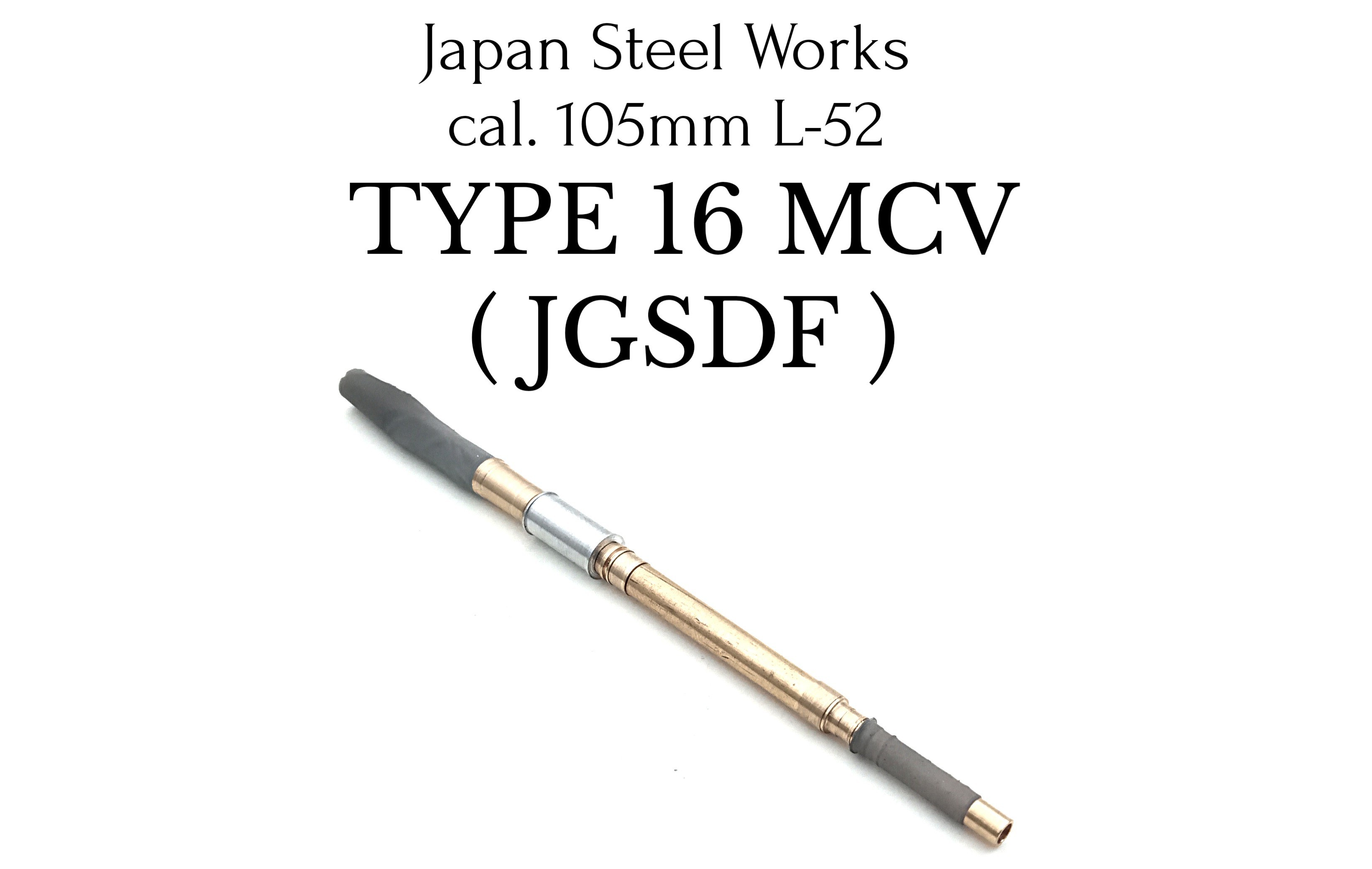MicroworldTG Announces New 1/48 Scale Tank Barrels with Metal Cores
MicroworldTG, a leading manufacturer of high-quality scale model accessories, has announced the release of two new 1/48 scale tank barrels with metal cores: the 2A46-5 for the newer T-72 and T-90 tanks and the barrel for the Japanese Type 16.



The metal cores in these new barrels ensure that they remain straight, even under heavy use. This makes them ideal for scale modelers who want to build accurate and realistic models of their favorite tanks.
The 2A46-5 barrel is a smoothbore barrel that was introduced in the late 1980s. It is a staple of the Russian T-72 and T-90 tanks, and it is known for its improved accuracy and firepower compared to its predecessors.
The Japanese Type 16 barrel is a 105mm rifled gun that is designed for direct fire support. It can also launch a variety of munitions, including anti-tank missiles. The Type 16’s barrel is distinguished by its distinctive muzzle brake and fume extractor.
These new 1/48 scale tank barrels with metal cores are a must-have for scale modelers who want to build accurate and realistic models of their favorite tanks. They are available now from MicroworldTG.
M6 barrel with a Littlejohn adapter, 2A46-5 for the newer T-72 and T-90 and barrel for the Japanese Type 16
The M6 barrel is at 1/72 scale while the 2A46-5 and the Type 16 are at 1/48. These latter ones have a metal core to ensure they remain straight
The Littlejohn Adapter
The Littlejohn adapter was a remarkable enhancement for the British QF 2-pounder (40 mm) anti-tank gun during World War II. It was devised to prolong the operational life of the 2-pounder by transforming it into a squeeze bore mechanism. The term “Littlejohn” was coined through a literal anglicization, borrowing its name from František Janeček, a Czech designer and factory owner who had been actively exploring the squeeze-bore concept in the 1930s. Additionally, his son, František Karel Janeček, had fled from German-occupied Czechoslovakia and brought his valuable expertise to Britain, where this technology was adopted.
The Littlejohn adaptor was a simple device that consisted of a tapered liner that was inserted into the bore of the 2-pounder gun. The liner was made of a harder material than the gun’s bore, and it had a smaller diameter at the breech end and a larger diameter at the muzzle end. This created a squeeze bore effect, which increased the velocity of the projectile and improved the penetration of the gun.
The Littlejohn adaptor was effective in extending the service life of the 2-pounder gun, but it had a number of drawbacks. It was difficult to fit and maintain, and it reduced the gun’s rate of fire. Additionally, the squeeze bore effect caused the gun barrel to wear out more quickly.
Despite its drawbacks, the Littlejohn adaptor was a valuable tool for the British Army during the Second World War. It allowed them to continue using the 2-pounder gun, which was their most common anti-tank gun, even after it had become obsolete.
Advantages and Disadvantages of the Littlejohn Adaptor
Advantages:
- Extended the service life of the QF 2 pounder gun
- Increased the velocity of the projectile
- Improved the penetration of the gun
Disadvantages:
- Difficult to fit and maintain
- Reduced the gun’s rate of fire
- Caused the gun barrel to wear out more quickly
Microworldtg 1/48 and 1/72 New Barrels

